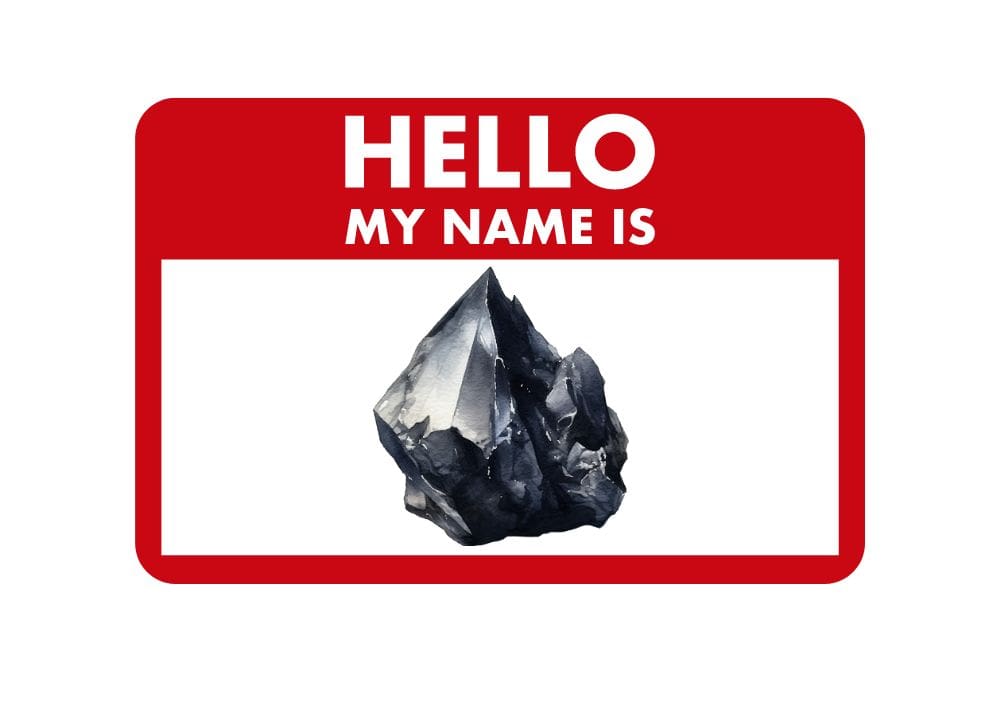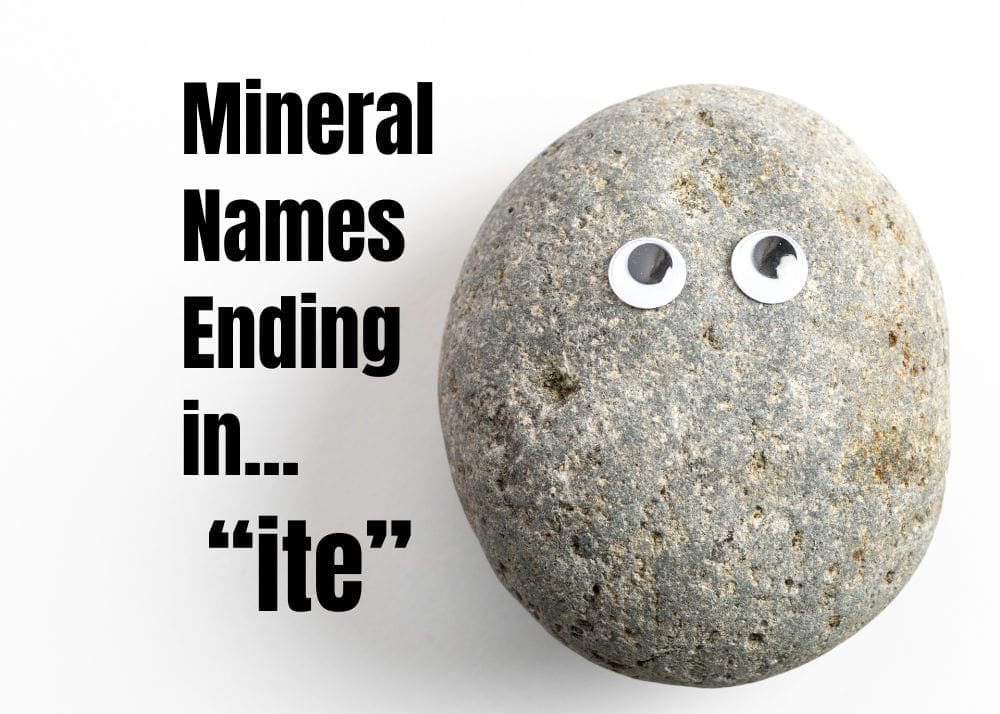Introduction to Mineral Nomenclature
The act of Mineral Naming is not merely a linguistic formality but a scientific endeavor that aids in the classification and communication within the geological community. The identification of a mineral is incomplete without a name, and it is the mineralogist’s privilege to christen their discovery, adhering to a global set of rules. This structured approach to naming ensures a universal language that geologists and gemologists around the world can understand and apply.
How Minerals Get Their Names
The intricacies of Mineral Naming begin with the person who first documents the mineral in scientific literature. This tradition, grounded in the principle of priority, ensures that the first validly published name is the one accepted, barring any historical inaccuracies or nomenclature issues. It’s a system that underscores the importance of scholarly research and precise documentation in the field of geology.
The Rules of Naming
The rules set forth by the Mineralogical Society of America’s Committee on Nomenclature and Classification of Minerals act as the bedrock for Mineral Naming. These guidelines are pivotal in maintaining consistency, avoiding duplicates, and correcting historical errors in the naming process. It’s a meticulous protocol that ensures each mineral name is unique, descriptive, and reflective of the mineral’s properties, origin, or the history behind its discovery.
A Legacy in Names
Within the annals of Mineral Naming, stories abound of minerals such as quartz, whose etymology traces back to the ancient German word “quarz.” The narrative of prehnite is particularly noteworthy, named in 1783 after Colonel Hendrik Von Prehn. It epitomizes the trend of honoring individuals who significantly contribute to the mineral’s history, thereby immortalizing their legacies within the geological record.
| Mineral | Origin of Name | Named After |
|---|---|---|
| Quartz | Derived from the German word “quarz” | Not Applicable |
| Prehnite | Named in 1783 after Colonel Hendrik Von Prehn | Colonel Hendrik Von Prehn |
| Galena | From the Latin “galena” meaning lead ore | Not Applicable |
| Cinnabar | From the Arabic “zinjifrah” meaning dragon’s blood | Not Applicable |
| Tourmaline | From the Sinhalese “turmali” meaning mixed gems | Not Applicable |
Evolving Nomenclature
The evolution of Mineral Naming saw a pivotal shift with James D. Dana’s “System of Mineralogy,” which initially adopted a botany-inspired Latin naming convention. However, the system proved cumbersome and was eventually streamlined by Dana himself, illustrating the adaptability and progression of nomenclature practices to better suit the needs of the scientific community.
Conclusion
The discipline of Mineral Naming is a testament to the collaborative effort to categorize the Earth’s natural treasures. For aficionados and professionals alike, understanding the origins and rules of mineral names deepens their appreciation of the field. At Miamiminingco.com, visitors are invited to delve further into this fascinating subject, with the opportunity to acquire their own specimens, each with its own unique name and story.


